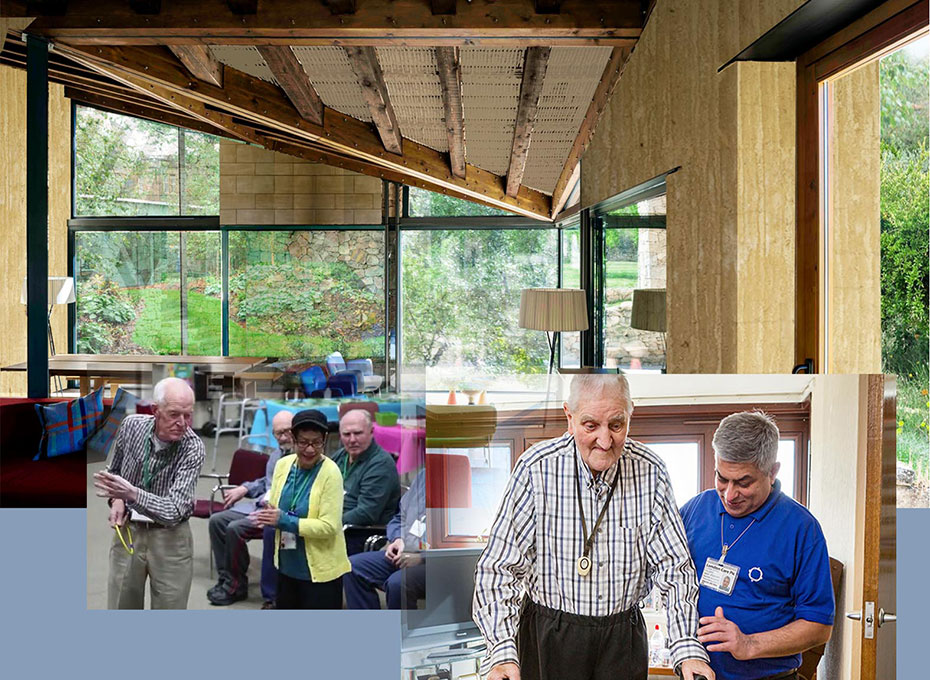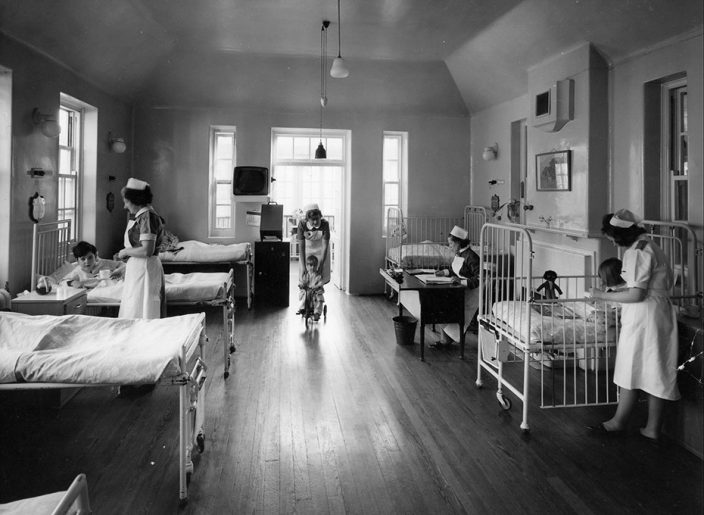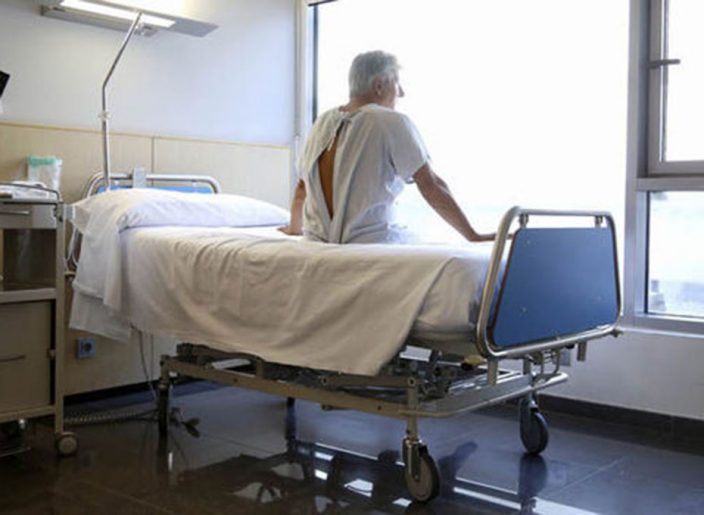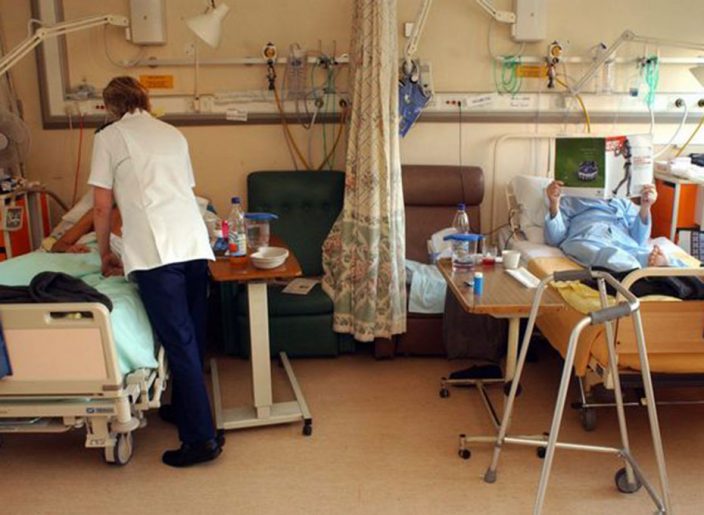
The issue of bed-blocking in hospitals is at the top of political and news agendas. 2,500 beds a day are occupied by usually elderly people unable to be discharged for lack of home support, up 70% since 2012 and at a cost of £820m a year. Readmission within 30 days costs a further £2.2 billion. These sums far outweigh the estimated cost of caring for them in their own communities, where there are also many social advantages to be gained.
Halfway Home is a plan for a network of small community run ‘homes’ where those discharged from hospital can either receive care until fit to return home, or support within their own home. Whether in purpose-built or converted redundant buildings, care would be provided by a combination of family members, volunteers and qualified staff. The service would be commissioned by the local council or Clinical Commissioning Group.
The tradition of voluntary hospitals goes back to the early 18C then, in 1827, a local squire converted cottages in a village near Hemel Hempstead into the first Cottage Hospital providing free medical services. Thousands followed in towns and villages across the UK, but they later became the unintended casualties of the Welfare State and NHS efficiency measures. Yet community-based voluntary care still thrives, for example through the Royal Voluntary Service, whose 35,000 volunteers support 100,000 older people in their homes.
The Halfway Home model is perhaps a cross between cottage hospitals and Maggie Centres. They might have a formal relationship with local hospitals; ownership might be in the hands of a Development Trust, CIC, charity or a collection of local patrons (like many village shops). Local authorities could contribute by way of Community Land Trusts. There are precedents for these models in providing care services and the New London Plan is calling for such initiatives. Using local architects, contractors and trades, a Halfway Home could be built on an infill site, converted from a former pub, post-office or bank; they could be suitable for self-build and/or co-design.
They will all have in common the use of social capital and self-help. Such mutual support proves to be very beneficial to communities. People appreciate contributing to something designed to fit their own needs and see the advantages of capitalizing on existing relationships and local knowledge. Services might include:
- low dependency beds, according to local need
- day care (or paired with a day care centre)
- basic rehabilitation, including occupational therapy, physiotherapy and medication support
- an office base for outreach services
How Halfway Home might work:
- provision might form part of the Neighbourhood Plan, ensuring full consultation
- local need is assessed, in discussion between a local committee, council and CCG
- the service is commissioned in principle
- a suitable building or site is identified and designated a Community Asset
- the ownership and legal structure are agreed
- capital funding is sought from the local authority, grant-making bodies and private donation
- the training of volunteers and continuing support is provided by the local authority
A crossover between health and social care already exists in several forms. In Leicestershire
the RVS works with 6 hospitals, identifying those for discharge, getting them home, settling them in and providing continuing support. Buurtzorg, a Dutch model of neighbourhood care founded by a nurse 10 years ago, now has 900 teams of local nurses across Holland, providing care at home and reducing costs by 40%. It is now being trialed from Aberdeen to Shanghai. In other schemes homeowners make a room available to elderly people leaving hospital and young people move in with elderly people in exchange for a low rent.
A cost-effective, community-driven solution like Halfway Home is likely to have strong popular support. It is unaffordable for the taxpayer and the NHS not to back this or a similar scheme. Quite apart from addressing a need in all existing communities, in future it could become part of the planned social infrastructure of major new developments.
Published in Knowledge Capital New London Architecture 2018.



